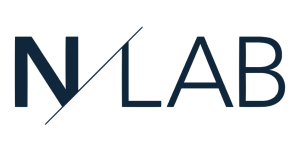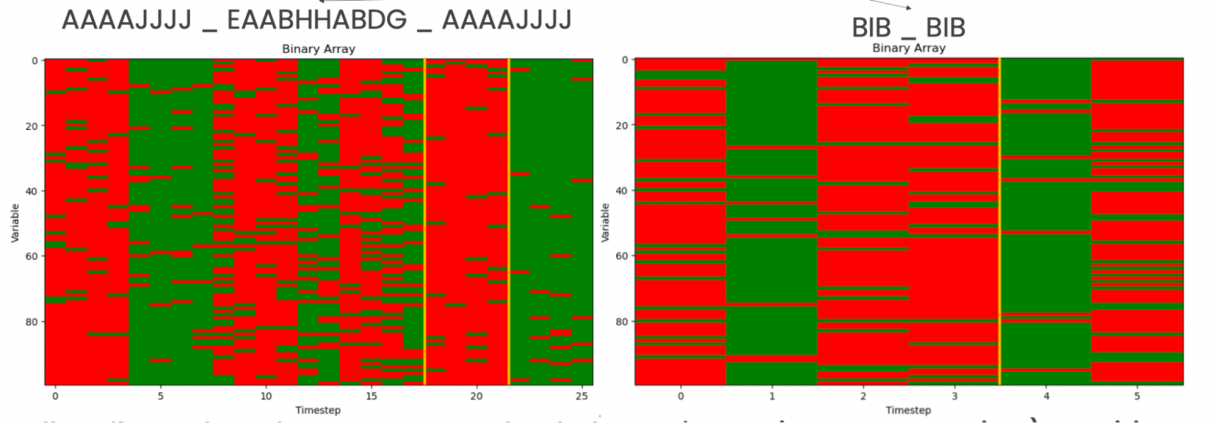Automatic Lifestate Identification and Clustering
While numerous methods to segment and/or summarise time series exist, the properties often do not align with the needs of consumers of the summaries or require the unrealistic setting of parameters. Addressing this we define a set of broad properties that lead to high utility in a broad class of domains and propose a model with complexity controlled by normalised maximum likelihood (NML) automatically realising a summarization meeting the aforementioned properties based on an information theoretic notion of optimality.
Summarising high-dimensional time series data across multiple entities is an increasingly prevalent problem. Mass data collection is routine in most domains. For example, regular survey collection, consumer purchasing history from transactional data (where the number of possible items to choose from is high), or other repeatedly sampled digital footprint data. Summarization in such a context is both with regard to a reduction of the high-dimensional observations and large number of temporal points. While numerous methods to segment and/or summarise time series exist, the properties often do not align with the needs of consumers of the summaries or require the unrealistic setting of parameters. Addressing this we define a set of broad properties that lead to high utility in a broad class of domains. Intuitively these properties reflect the summarization of such data into life-states where (1) the number of states is limited and shared across entities to allow interpretation and comparison and (2) the number of state-transitions is jointly controlled to provide a parameterless, optimal summarization of both the high sample and temporal dimensionality. Specifically the aim is the realisation of a segmentation that optimally trades off the number of states and segments that humans must then interpret while still capturing salient state changes. Building on prior work, we propose a model with complexity controlled by normalised maximum likelihood (NML) automatically realising a summarization meeting the aforementioned properties based on an information theoretic notion of optimality.
Current methods of summarising high-dimensional time series employ MDL and NML principles. This project follows a similar approach but has additional constraints on how datasets can be segmented. These constraints significantly change the NML regret term calculation and post-analysis interpretation.
The project is ongoing and no results have been published yet.



